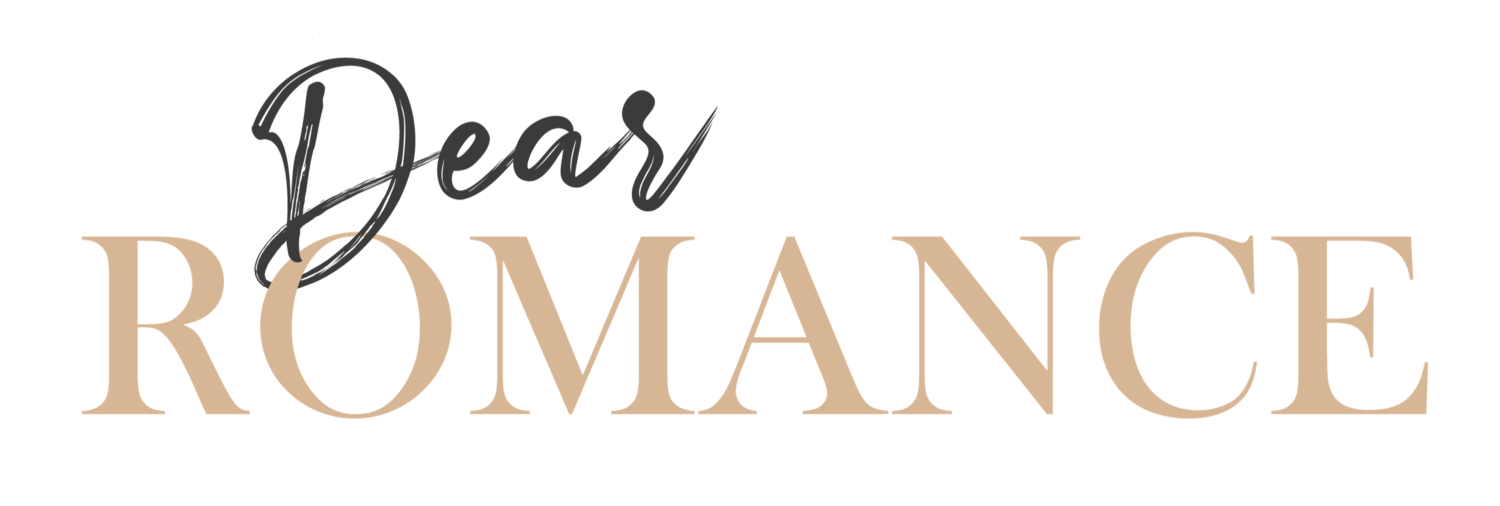Two different ways you could set your wedding budget
When helping clients figure out their wedding budgets, I find there are two ways to approach it :
You can come up with an overall figure in mind and, using percentage suggestions as a guide, tailor and tweak the wedding day elements to suit your wedding and reflect your overall budget number.
OR
You can have an overall figure in mind and pick 2-3 main non-negotiables, or priorities, for your wedding day. I wrote about establishing priorities in last week’s blog. These are the things you have prioritised as most important to you as a couple and that you would like to emphasise and spend your money on. The majority of your budget will be spent on these 2-3 elements and the rest of your wedding budget will then be allocated to the other parts of your day - the ones that you don’t rate as important.
I’ve listed out a few tips below on each different approach :
OVERALL FIGURE + PERCENTAGE APPROACH
You’ll start this approach by deciding on an overall figure that you’re both comfortable spending for your entire wedding budget
Using an Excel spreadsheet, or Google Sheet (or similar), or if you’ve found suggested percentage splits elsewhere, split out your overall figure budget so that each wedding element has a percentage and monetary value associated with it
From here, you can look through the suggested percentages and adjust the values to suit your own budget. It is helpful to do this after you have decided what is most important to you as a couple on your day
Once you’ve got the final figures ironed out for each element, and you both agree on them, then you can start approaching vendors for quotes. This can be a great opportunity for you to shop around for quotes that match your budget figures!
Remember: Budgets are budgets - they are fluid and these numbers can change. Just don’t forget that if your figures increase for one element, they will need to decrease for another if you want to keep the overall figure number the same! If you’re happy to spend more - for that dream dress (or cake or bouquet!) - that’s totally fine - you just need to increase your overall budget number
NON-NEGOTIABLES APPROACH
I suggest that you sit down together as a couple and read through our Establishing Priorities blog and accompanying exercise first. This is the budget set up that uses those non-negotiables you decide on!
Then you need to decide on an overall figure that you’re both comfortable spending for your entire wedding budget. It’s a good idea to have a rough budget number to start with, before finalising a full budget, as it will help you to get a feel of what you are comfortable spending - and if chosen vendors and their pricing align with your thinking
You can then start to approach your dream vendors for these non-negotiable elements - to get an idea of costs and to help cement your total wedding budget
Once you have received quotes back from vendors and you are happy to proceed with them, you can allocate the remainder of your overall budget to all the other elements for your dream day
Both of these budgeting approaches can be used in our budget spreadsheet - currently part of the Wedding Bundle we have for sale in our shop. The bundle also comes with a budgeting guide to help use the spreadsheet, as well as a full wedding planning guide, questions to ask during your venue visits and a run sheet template. You can shop it right here.
And don’t forget, you can contact us anytime for help or advice on your budget! Just use our contact form or DM us on Instagram.

